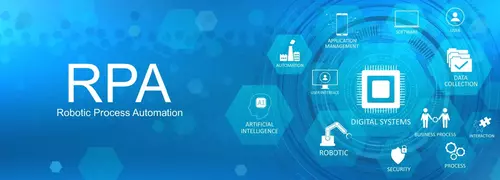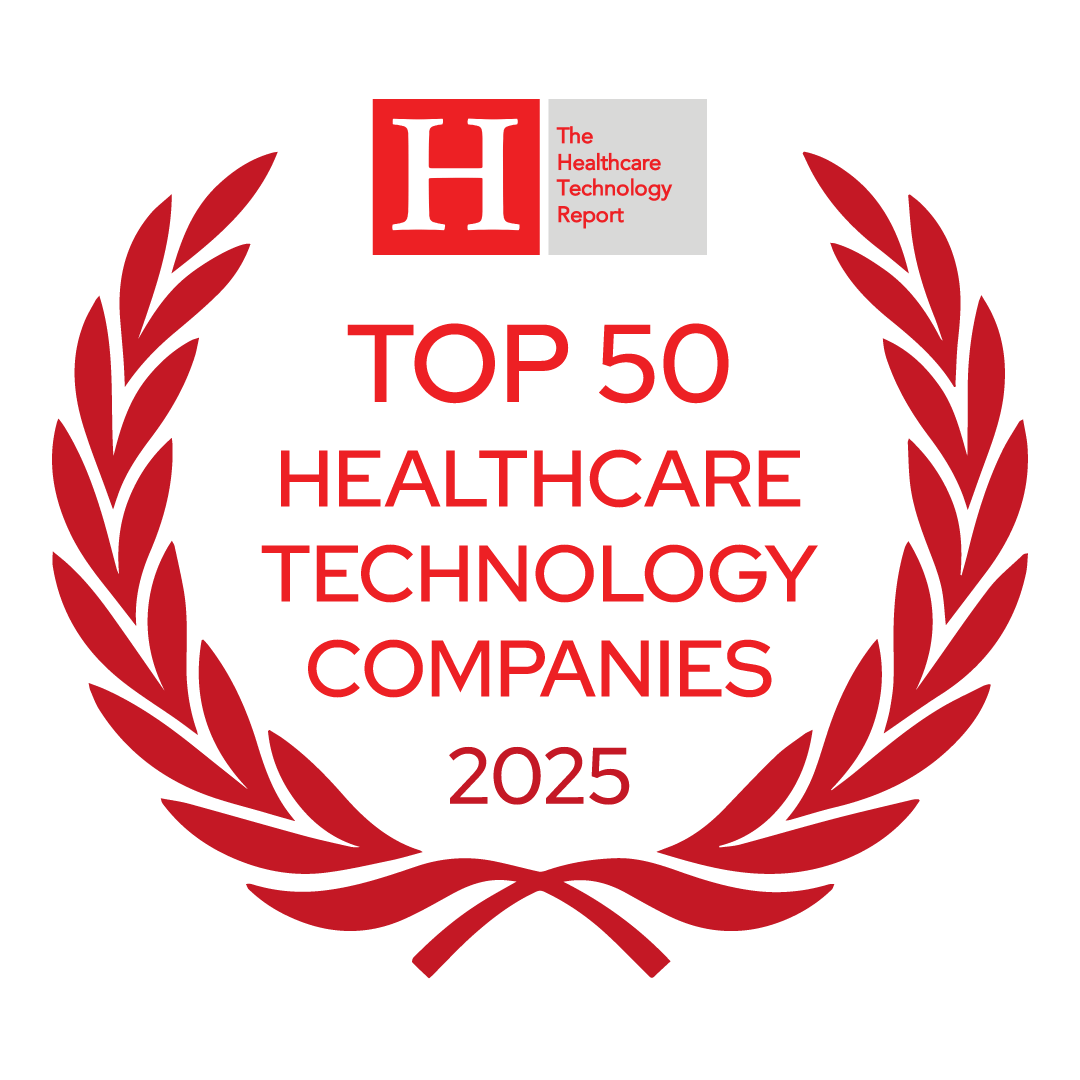EHR interoperability is crucial in healthcare, allowing different EHR systems to share patient health information seamlessly. It is vital for better clinical care, efficiency, cost savings, and patient empowerment. Importantly, interoperability promotes innovation by enabling the development of new technologies that can improve patient care, making it a critical aspect of the healthcare industry.
The 21st century has seen a few attempts to increase the interoperability of EHRs. In 2016, Congress passed the 21st Century Cures Act, which granted the Secretary of Health and Human Services (HHS) the ability to identify "reasonable and necessary activities that do not constitute information blocking." Information blocking can be activities by actors in the healthcare space to stop the free flow of electronic healthcare information. In 2020, the Congress passed the Interoperability and Patient Access final rules to improve the fluidity with which patient data can flow to providers, patients, and payers. This legislation aimed to break down barriers in the US health system that prevent patient access to their health data, tamper interoperability and innovation, and hurt patients and payers.
Despite all the efforts detailed above, EHR interoperability remains a pipe dream, thus making developing and deploying new technologies very difficult. This article discusses ways to integrate with EHR and how Robotic Process Automation (RPA) is the most viable option. Before discussing EHR interoperability, let's discuss why we are discussing this topic and what XpertCoding is.
What is XpertCoding?
Options for EHR Integration
Common ways to integrate with EHR include API-based integration, HL7 messaging, SFTP servers, and RPA. Each method has its strengths and weaknesses, which we discuss below.
API:
API-based integration with EHR systems is one of the most common methods of EHR integration. The benefits are high efficiency, security, and a relatively error-free data exchange between systems. In addition, as long as APIs are not updated frequently, such integration is relatively stable. One potential downside of API-based integration could be its vulnerability to cyber-attacks if not set up correctly. Second, many EHRs lack APIs for all the fields an autonomous AI medical coding platform requires to process the claims, thus limiting their use from XpertCoding's perspective. Lastly, most EHRs do not have a robust API to post the medical claim data back into the EHR. For the above reasons, we considered API integration but opted not to use it.HL7 Messaging:
HL7 (Health Level Seven) messaging is a standard format for exchanging electronic health information between different healthcare systems. Although HL7 Messaging is very comprehensive, standardized, cost-effective, and readily available for most EHRs, HL7 messaging would not allow an autonomous medical coding platform to upload data back into the EHRs. Overall, HL7 messaging can be a valuable tool for exchanging health information between different healthcare systems but cannot be an end-to-end solution for EHR integration with an autonomous medical coding platform.SFTP Server SFTP (Secure File Transfer Protocol):
server is a secure and encrypted method of transferring electronic health data between systems. SFTP servers are easy to set up, secure, and reliable but have significant drawbacks. First, SFTP servers would require an IT team from the client's side. Many clinics need a strong IT team to set up SFTP servers which can be a significant burden. Second is their limited functionality. SFTP server is primarily designed for file transfer, which means that it may not be suitable for real-time data exchange or other types of integration. Overall, there are better solutions than an SFTP server for medium-sized practices and, even then, would solve only part of the problem.Robotic Process Automation:
Robotic Process Automation (RPA) refers to the use of software bots that can mimic human actions such as clicking, typing, copying and pasting, and more to interact with computer systems and applications without requiring human intervention. RPA allows vendors like XpertDox to interact with an EHR on the front end without integrating with the backend of the EHR. Given that RPA is built internally by XpertDox, we can retrieve the data elements that XpertCoding requires from the EHR and post all processed codes back into the EHR so they can be submitted to the clearing house. In addition, this needs minimal IT support from clients or the EHR, and once built, XpertDox can implement the RPA very quickly for new clients.
Published on - 03/26/2023







